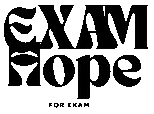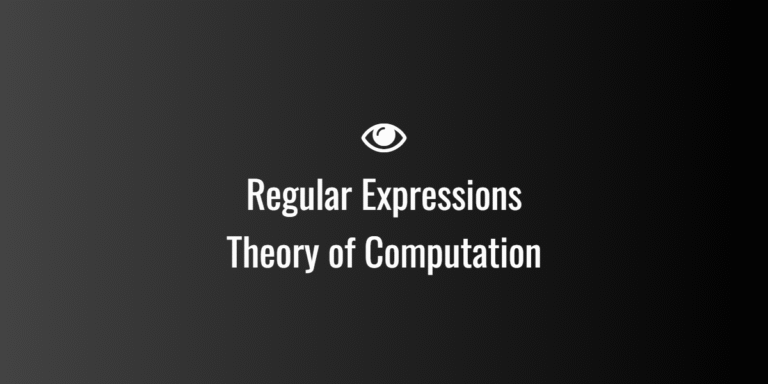
Direct proofs — Proof techniques Theory of Computation
⭐ What Is a Direct Proof?
A direct proof is a method where you:
- Start by assuming the given condition is true (the “if” part).
- Use definitions, logical steps, and known facts to move forward.
- Eventually reach the conclusion (the “then” part).
It’s like someone tells you:
“If you press the ON button, the machine will start.”
A direct proof is simply pressing the button and watching the machine start — nothing complicated.
⭐ Why Do We Use Direct Proofs in Theory of Computation?
In Theory of Computation, you work with:
- sets of strings
- languages
- automata
- mathematical properties
- closure operations
Many of these statements follow the form:
If property X holds, then property Y must follow.
A direct proof helps you show this in a clean and confident way.
⭐ How a Direct Proof Works (Simple Flow)
Here’s the basic flow of a direct proof:
Assume the hypothesis is true
↓
Use definitions
↓
Apply logical steps
↓
Arrive at the conclusion You walk from point A to point B using only valid steps.
Nothing hidden. Nothing indirect.
⭐ Simple Everyday Example (Before the TOC Example)
Statement:
If a number is even, then its square is even.
Direct Proof:
- Let the number be n.
- Since it is even, we can write it as n = 2k.
- Now square it: n² = (2k)² = 4k².
- 4k² is obviously even.
Done. Simple.
⭐ Direct Proof in Theory of Computation (Easy Example)
Statement:
If a string belongs to a regular language ( L ), then it must be accepted by some DFA.
Direct Proof:
- Start with the assumption:
A string ( w ) is in the regular language ( L ). - By the definition of a regular language:
There exists a DFA ( M ) such that ( L = L(M) ). - Since ( w \in L ), and ( L = L(M) ):
The DFA ( M ) must accept ( w ). - Therefore:
If ( w \in L ), it is accepted by a DFA.
That’s it — no detours.
You take the meaning of “regular,” apply it, and reach the conclusion.
⭐ Simple Diagram to Show How a Direct Proof Works
Here is an easy visual to understand the idea:
[Start: Assume Hypothesis is True]
│
▼
[Use Definitions and Known Facts]
│
▼
[Apply Logical Reasoning]
│
▼
[End: Arrive at the Conclusion]Another small diagram with an analogy:
(Given Condition) ---> (Logical Steps) ---> (Conclusion)
A happens so B happensA direct proof is basically this straight path.
⭐ Another Computation-Theory Style Example
Statement:
If two regular languages ( L_1 ) and ( L_2 ) are regular, then their union ( L_1 \cup L_2 ) is also regular.
Direct Proof:
- Assume ( L_1 ) and ( L_2 ) are regular.
- By definition, there must exist DFA machines ( M_1 ) and ( M_2 ) that accept these languages.
- We know a DFA can be built that simulates both machines together (product construction).
- This new machine accepts exactly the strings in ( L_1 \cup L_2 ).
- Therefore, the union is regular.
Again, a clean and simple path.




